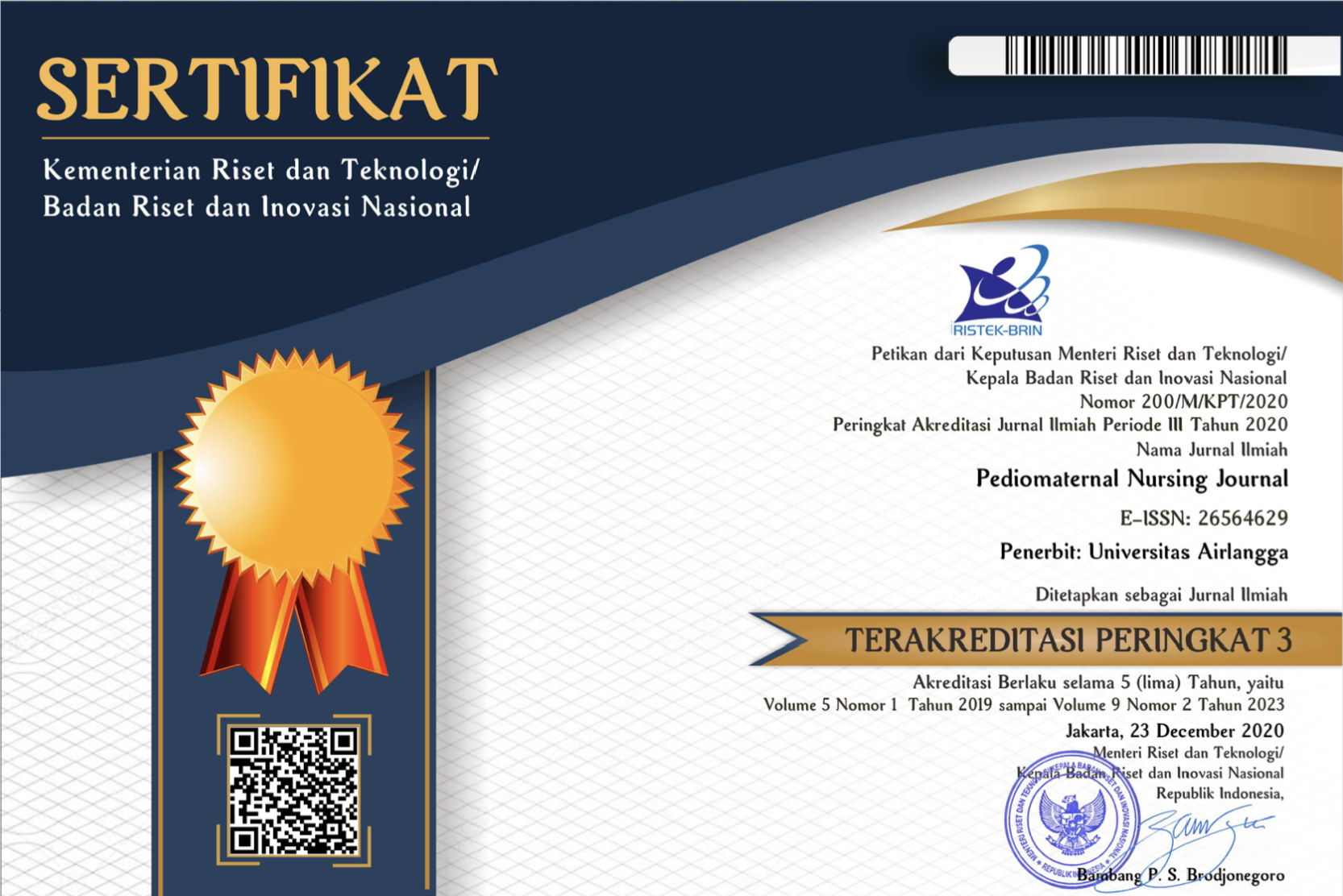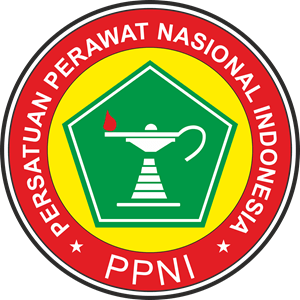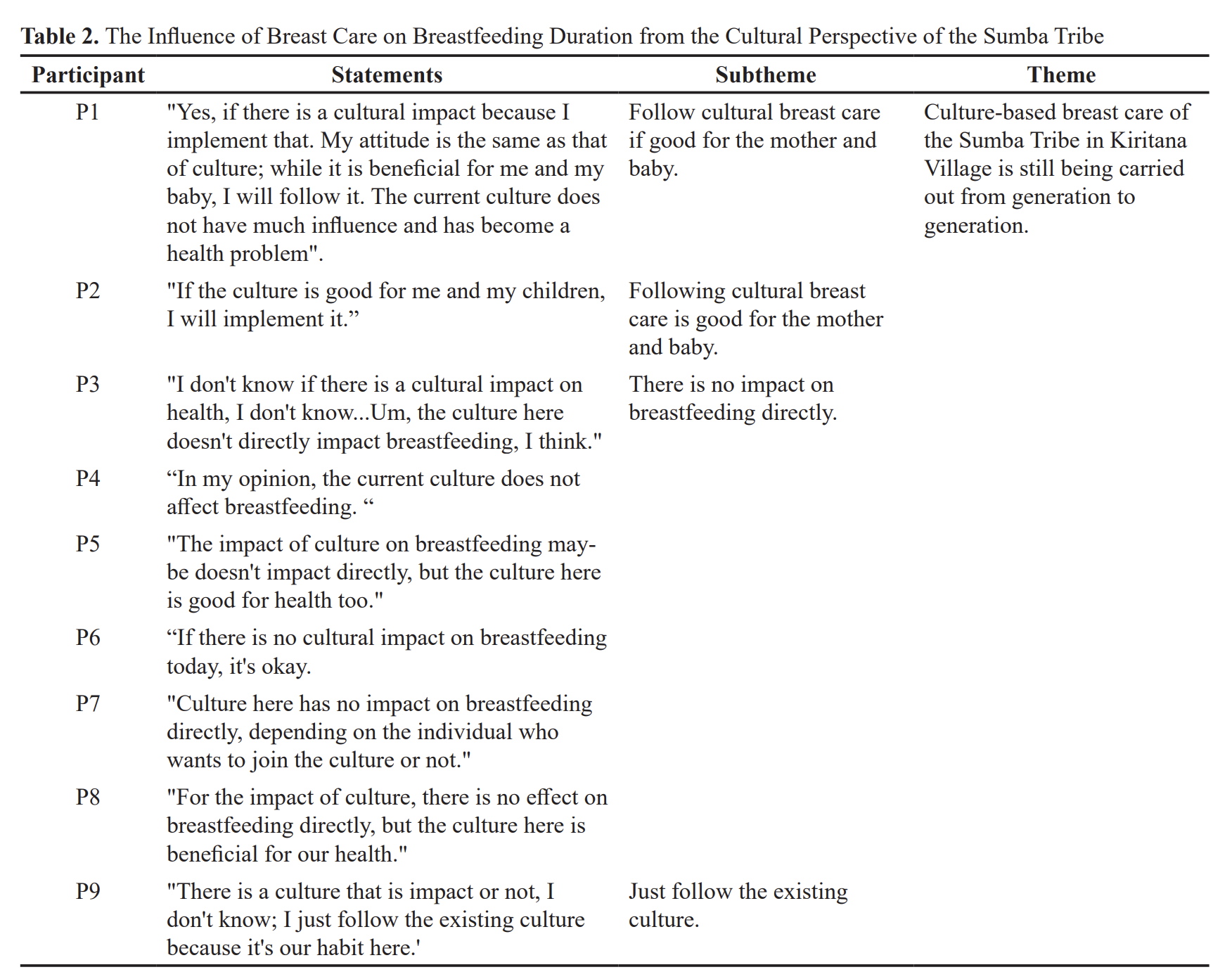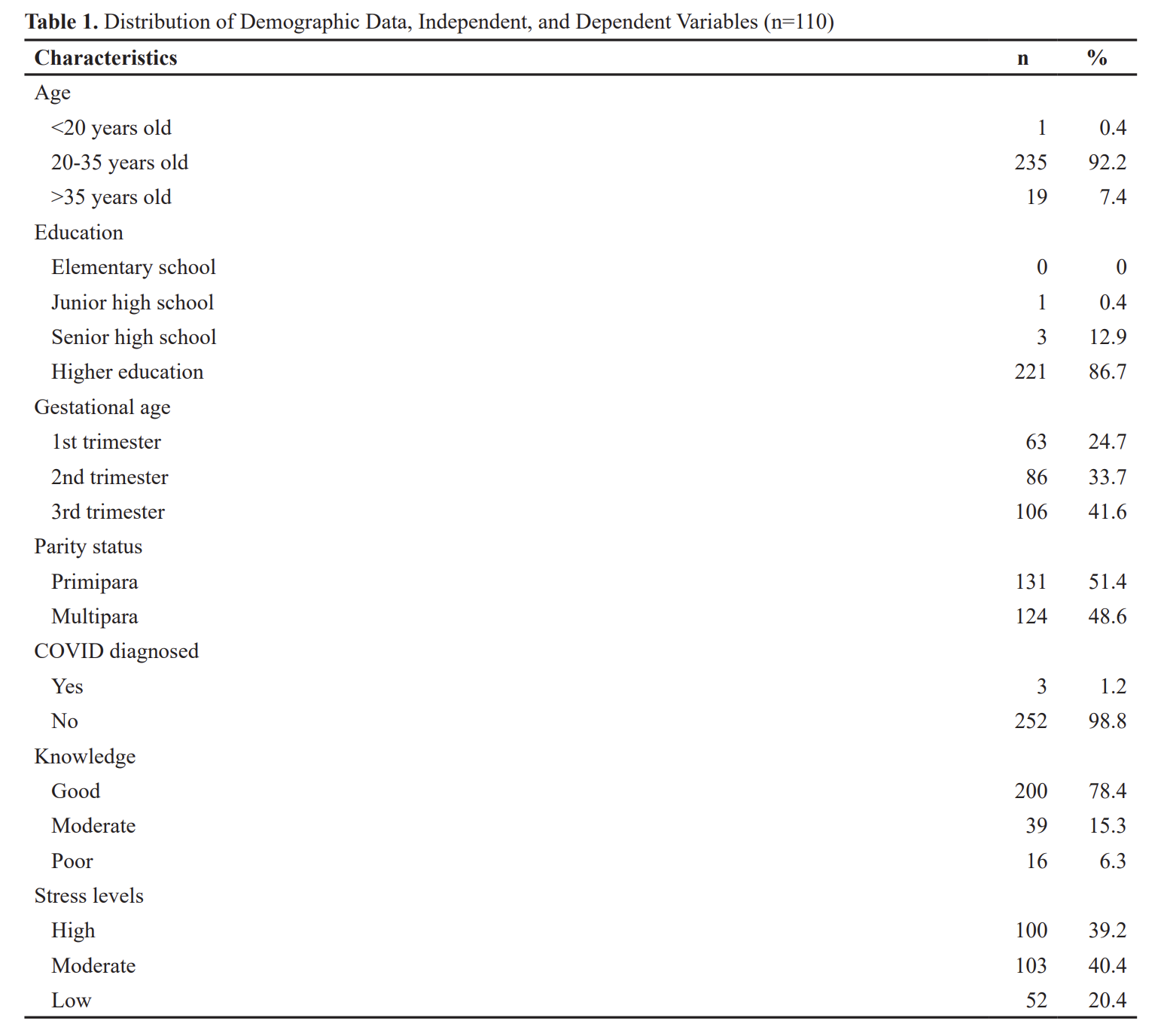Factors Correlated With The Incidence Of Diarrhea In Infants with Nola J.Pender Approach in Emergency Room of RSUD Ruteng
Downloads
Introduction : Diarrhea is a condition that is characterized by frequent bowel movements ( > 3 times each day) along with decrease in the form of stool (greater looseness of stool), with or without blood and mucus. This study aimed to determine the factors correlated with the incidence of diarrhea in infants in emergency room of RSUD Ruteng.
Methods : The design used in this research was descriptive analysis with cross-sectional approach. The population was the parents of children under five years old who suffered from diarrhea and visited emergency room of RSUD Ruteng with 40 children as the sample. This study used purposive sampling technique. The independent variables were perceived benefit, perceived barrier, perceived self-efficacy, activity-related affect, commitment, mother's knowledge, immediate competing demands and preferences, and situational factors, while the dependent variable was the incidence of diarrhea. The data were collected by questionnaires and medical records. This study used linear regression analysis.
Result : The result showed that relationship between knowledge with diarrhea
(p=0.004), relationship between environmental hygiene with diarrhea (p=0.006), Jurnal Pediomaternal 231 Vol. 3 No. 2 April”Oktober 2015 relationship between action benefit with diarrhea (p=0.009), relationship between perceived barriers with diarrhea (p=0.430), relationship between commitment with diarrhea (p=0.006), relationship between desire to compete with diarrhea (p=0.007), relationship between self-efficacy with diarrhea (p= 0.007), relationship between attitudes towards activities with diarrhea (p=0.009)
Discussion: The research proved that independent variables were factors influencing diarrhea in infants. Suggestion was addressed to future reaserch which would be interseted in conducting such study, but in different methdos, for instance in parents' knowledge and attitude towards oralite giving for children with diarrhea
Adisasmito,W. (2007). Faktor risiko diare pada bayi dan balita di
Indonesia: Systematic review penelitian akademik di bidang kesehatan masyarakat. Makara, kesehatan, vol. 11, no. 1, Juni
: 1-10Jurnal Pediomaternal 249 Vol. 3 No. 2 April”Oktober 2015
Alligood, M. R., & Tomey, A. M. (2006). Nursing theory, utilization & application. (3rd ed), Mosby Elsevier, USA
Azwar, 1990, Pengantar Ilmu Kesehatan Lingkungan, PT Mutiara Sumber Widya, Jakarta
Depkes RI, 2010, Hasil evaluasi program pemberantasan penyakit diare, Direktorat Pemberantasan Penyakit Menular dan Penyehatan Lingkungan Pemukiman Departemen Kesehatan, Jakarta
DepKes RI, 1999, Buku Ajar Diare, Direktorat Jendral Pemberantasan Penyakit Menular dan Penyehatan Lingkungan Pemukiman, Jakarta
Depkes RI, 2002, Pedoman pemberantasan penyakit diare, Jakarta
Depkes RI , 2013, Profil Kesehatan Indonesia, Riskesdas, diakses 22
Kozier, Berman, 2010, Buku Ajar Fundamental Keperawatan, Konsep, Proses dan Praktik, Volume 2. EGC, Jakarta
Ngastiyah, 2012, Perawatan Anak Sakit, Edisi 2, Jakarta : EGC
Notoatmodjo, 2011, Kesehatan Masyarakat, Ilmu & Seni, Rineke Cipta, Jakarta
Notoadmodjo, 2010, Konsep Perilaku dan Perilaku Kesehatan, Rineka Cipta, Jakarta
Nursalam, 2013, Metodelogi Penelitian Ilmu Keperawatan, Pendekatan Praktis Edisi 3. Jakarta : Salemba Medika
Rumah Sakit Umum Ruteng 2014, laporan jumlah kunjungan pasien, Tidak dipublikasikan
Tarwoto, Wartonah, 2012, Kebutuhan Dasar Manusia Dan Proses Keperawatan, Salemba Medika, Jakarta
Copyright (c) 2019 Susana S. Sukut, Yuni S. Arief, Nuzul Qur'aniati

This work is licensed under a Creative Commons Attribution 4.0 International License.
1. The journal allows the author to hold the copyright of the article without restrictions.
2. The journal allows the author(s) to retain publishing rights without restrictions.
3. The legal formal aspect of journal publication accessibility refers to Creative Commons Attribution (CC BY).





















